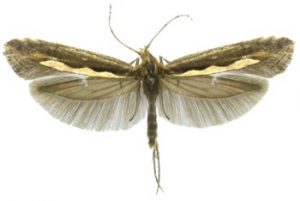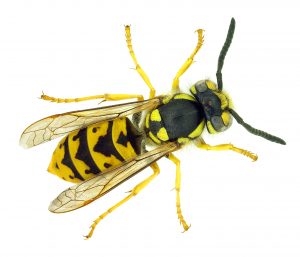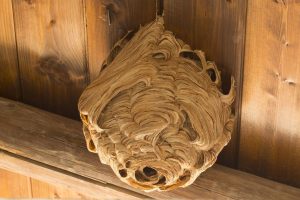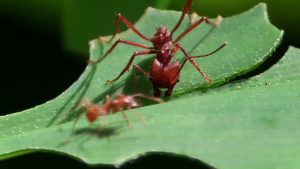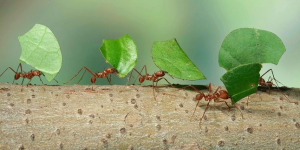 Today shipping industry has become a dynamic market. From 2000 to 2008 world trade increased by an average 5.4 percent each year. As markets are becoming increasingly globalized, a necessity for shipping bigger volumes of cargo in less time possible is also increasing. Tankers, shipping containers, and bulk carriers are the most important means of transportation of today’s time. About 90 percent of world trade is carried by the international shipping industry! Containers have boosted globalization more than all trade agreements in the past 50 years put together! Earlier the goods to be shipped used to be crammed into the hold of a ship and lose cargo in wooden crates would be loaded and unloaded by vast crews of dockworkers. The process was unwieldy, unreliable and so slow that ships often spent longer docked than they did at sea. Containers changed this in several ways. The price of everything fell, starting with the cost of loading and unloading. However, some notorious pests like insects are proving to be a major threat to the shipping industry. They not only damage the goods being shipped but are also dangerous as these pests carry and spread deadly diseases. Also, the introduction of a foreign pest in any country can be dangerous for the local agricultural produce.
Today shipping industry has become a dynamic market. From 2000 to 2008 world trade increased by an average 5.4 percent each year. As markets are becoming increasingly globalized, a necessity for shipping bigger volumes of cargo in less time possible is also increasing. Tankers, shipping containers, and bulk carriers are the most important means of transportation of today’s time. About 90 percent of world trade is carried by the international shipping industry! Containers have boosted globalization more than all trade agreements in the past 50 years put together! Earlier the goods to be shipped used to be crammed into the hold of a ship and lose cargo in wooden crates would be loaded and unloaded by vast crews of dockworkers. The process was unwieldy, unreliable and so slow that ships often spent longer docked than they did at sea. Containers changed this in several ways. The price of everything fell, starting with the cost of loading and unloading. However, some notorious pests like insects are proving to be a major threat to the shipping industry. They not only damage the goods being shipped but are also dangerous as these pests carry and spread deadly diseases. Also, the introduction of a foreign pest in any country can be dangerous for the local agricultural produce.
There have been reported incidences of pests contaminating the foodstuff which is carried in the shipping containers. The pests that eat foodstuffs are usually not present in large numbers to be noticed by crews. Few pests left behind while unloading continues to breed and multiply in cargo unless eradicated. The combination of a residual pest population and food debris in un-cleaned cracks and crevices leads to the large numbers of pests that attack and spoil subsequent cargoes. Each year, pests cause losses that vary from 5-10% of the value of the original crops. Few insects even seriously reduce the nutritive value of a large quantity of material. Such pest infestation can also trigger a complex heating process that spreads throughout the pile and causes losses more serious than those resulting from the insects themselves. Also, the foodstuffs with even mild infestation need to be discarded since the food products reaching the consumer should be free of insect material in any case.
Let us look at some incidences pertaining to the damage caused by pest migration to a foreign country through these shipping containers.
A floating threat: Sea containers spread pests and diseases
17 August 2016, Rome
International Plant Protection Convention grapples with challenges of globalized trade. It was an exotic fungus that wiped out billions of American chestnut trees in the early 20th century, dramatically altering the landscape and ecosystem, while today the emerald ash borer – another pest that hitch-hiked along global trade routes to new habitats – threatens to do the same with a valuable tree long used by humans to make tool handles, guitars, and office furniture.
Also as per the Food and Agricultural Organization of UN, the biggest “biological spill” of all was when a fungus-like eukaryotic microorganism called Phytophthora infestans – the name of the genus comes from Greek for “plant destroyer” – sailed from the Americas to Belgium. Within months it arrived in Ireland, it triggered a potato blight that led to famine, death and mass migration. Also a relative of the toxic cane toad that has run rampant in Australia recently disembarked from a container carrying freight to Madagascar, a biodiversity hotspot, and the ability of females to lay up to 40,000 eggs a year has made it a catastrophic threat for local lemurs and birds while also threatening the habitat of a host of animals and plants. In Rome, municipal authorities have been ramping up their annual campaign against the tiger mosquito, an invasive species that has arrived by ship in Albania in the 1970s. Aedes albopictus, famous for its aggressive biting, is now prolific across Italy.
Shipping containers: Importing insect pests, too…
By Faith Campbell, September 22, 2014, USA
Several of the most damaging tree-killing insects came to America as larvae riding in crates, pallets, or other forms of wood packaging material.
These include the Asian long-horned beetle (ALB), emerald ash borer, and red bay ambrosia beetle. All entered the country since trade opened with China in the late 1980s.
So is there a reliable and effective solution for the pest nuisance in the shipping containers?
We have a solution for this problem.
At C Tech Corporation we make use of Mother Nature’s gift of senses to these insects in developing non- toxic & non-hazardous formulation!
Combirepel™paint and additives are the solution. Combirepel™ paint can be directly applied to the containers which need protection from pest infestation. It is easy to apply and does not affect the aesthetics of the application which needs protection.
Combirepel™ polymer additives can be incorporated into the base polymer while manufacturing the containers. It works on the mechanism of repellence by affecting the olfactory senses of the pests. The product is RoHS, RoHS 2 and REACH compliant and FIFRA exempted.










